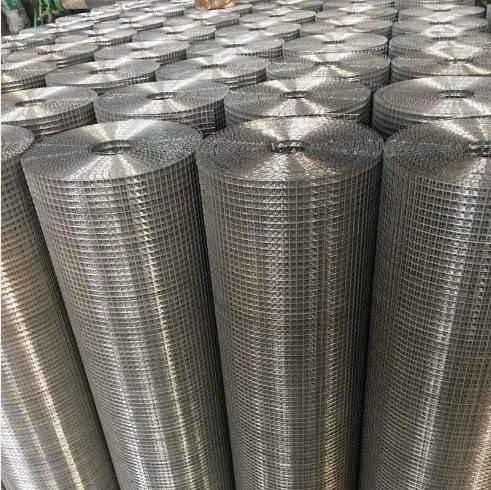okt . 18, 2024 09:04 Back to list
Nail Specifications for Roof Sheathing Installation and Structural Integrity
Understanding Roof Sheathing Nails Essential Components for a Sturdy Roof
When it comes to constructing a durable roof, the importance of high-quality materials cannot be overstated. Among these materials, roof sheathing nails play a crucial role in ensuring the structural integrity of roofing systems. These specialized fasteners are designed to provide a secure connection between the roof sheathing—typically plywood or oriented strand board (OSB)—and the underlying roof framing. This article will delve into the significance, types, and best practices associated with roof sheathing nails to highlight their essential function in roofing projects.
The Significance of Roof Sheathing Nails
Roof sheathing serves as a base for roofing materials, contributing to the overall strength and stability of the roof. Properly installed sheathing prevents issues such as sagging, warping, and leaks. To achieve this, roof sheathing nails are specifically engineered to hold the sheathing in place, resisting various forces that a roof may encounter during its lifespan, such as wind, snow, and rain.
The selection of appropriate nails is paramount, as substandard fasteners can lead to catastrophic failures. Poor-quality nails may corrode or break over time, compromising the attachment of the sheathing to the rafters or trusses. Therefore, understanding the characteristics and types of roof sheathing nails is essential for homeowners, builders, and contractors alike.
Types of Roof Sheathing Nails
1. Material and Coating Roof sheathing nails are commonly made from steel and can come with different coatings. For example, galvanized nails are coated with zinc, providing excellent resistance to rust and corrosion, especially in humid or coastal areas. Stainless steel nails offer even greater durability, making them suitable for harsh environments.
2. Length and Thickness The length and thickness of roofing nails vary based on the thickness of the sheathing and the underlying structure. Typically, nails should penetrate at least 0.75 to 1 inch into the framing to ensure a strong hold. Standard sizes range from 1.5 to 2.5 inches in length, which allows for versatility in various roofing applications.
roof sheathing nails

3. Head Design The design of the nail head is also important. Wide heads prevent the nail from pulling through the sheathing, while ring-shank nails offer superior holding power due to their increased surface area and grip.
Best Practices for Installation
To optimize the performance of roof sheathing nails, following best practices during installation is crucial
- Spacing Nails should be spaced adequately to distribute loads evenly. Generally, the code specifies that fasteners should be placed approximately 6 to 8 inches apart along the edges and 12 inches apart in the field of the sheathing.
- Proper Placement Ensure that nails are driven straight and flush with the surface of the sheathing. Overdriven nails can create weak points that may lead to failure over time.
- Inspection After installation, it is important to inspect the roof for any missing or damaged nails, especially after severe weather conditions. Regular maintenance helps in identifying potential issues before they escalate.
Conclusion
In summary, roof sheathing nails are integral to the overall performance and durability of roofing systems. By understanding their significance, types, and installation best practices, builders and homeowners can ensure a well-constructed roof that withstands the test of time. Investing in quality materials and proper techniques will contribute to a safe and secure home, providing peace of mind for years to come.
-
Weather Resistance Properties of Quality Roofing Nails
NewsAug.01,2025
-
How Galvanised Iron Mesh Resists Corrosion in Harsh Environments
NewsAug.01,2025
-
Creative Landscaping Uses for PVC Coated Wire Mesh Panels
NewsAug.01,2025
-
Common Wire Nail Dimensions and Their Specific Applications
NewsAug.01,2025
-
Choosing the Right Welded Wire Sheets for Agricultural Fencing
NewsAug.01,2025
-
Anti - Climbing Features of Razor Wire Barriers
NewsAug.01,2025









